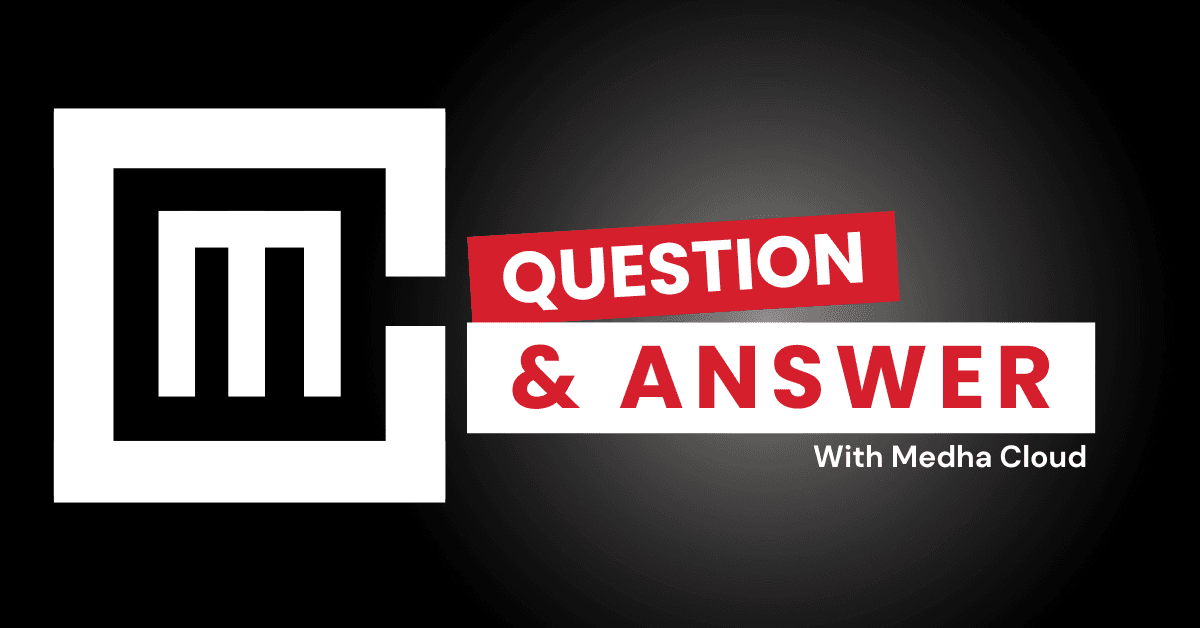White-label providers use a range of automation technologies, including RMM (Remote Monitoring and Management) tools, PSA (Professional Services Automation) platforms, AI-driven automation, and workflow orchestration tools to streamline IT operations and improve efficiency. These technologies reduce manual workloads, optimize resource utilization, and ensure consistent service delivery.
Key automation technologies used by white-label providers
1. Remote Monitoring and Management (RMM) Tools
- Examples: Datto RMM, ConnectWise Automate, NinjaOne.
- How they enhance efficiency:
- Automate system monitoring, patch management, and software updates.
- Provide real-time alerts for issues, enabling quick resolution.
- Reduce manual effort by automating routine maintenance tasks.
2. Professional Services Automation (PSA) Platforms
- Examples: Autotask, ServiceNow, HaloPSA.
- How they enhance efficiency:
- Automate ticketing, project management, and billing processes.
- Centralize client information for streamlined communication and reporting.
- Integrate with RMM tools for end-to-end automation of IT services.
3. AI and Machine Learning Tools
- Examples: Moogsoft, Dynatrace, AIOps platforms.
- How they enhance efficiency:
- Analyze large datasets to predict and prevent IT issues.
- Automate anomaly detection and root cause analysis.
- Optimize system performance with self-healing capabilities.
4. Workflow Automation Tools
- Examples: Zapier, Microsoft Power Automate, Workato.
- How they enhance efficiency:
- Automate repetitive tasks like data entry, report generation, and alerts.
- Integrate multiple applications to create seamless workflows.
- Streamline communication between teams and systems.
5. Orchestration and Configuration Management
- Examples: Ansible, Puppet, Chef, Terraform.
- How they enhance efficiency:
- Automate infrastructure provisioning and configuration.
- Manage complex multi-cloud or hybrid environments with minimal manual intervention.
- Ensure consistent system settings across environments.
6. Chatbots and Virtual Assistants
- Examples: IBM Watson Assistant, ChatGPT for IT Support, Microsoft Power Virtual Agents.
- How they enhance efficiency:
- Provide instant support for common queries and troubleshooting.
- Reduce the workload on human support staff by automating routine client interactions.
- Integrate with ticketing systems for seamless escalation.
7. Backup and Disaster Recovery Automation
- Examples: Veeam, Acronis, Barracuda.
- How they enhance efficiency:
- Automate regular backups and ensure data recovery readiness.
- Monitor backup integrity and trigger alerts for failed processes.
- Minimize downtime with automated failover and recovery workflows.
8. Security Automation
- Examples: SentinelOne, CrowdStrike, Palo Alto Cortex XSOAR.
- How they enhance efficiency:
- Automate threat detection, incident response, and vulnerability management.
- Reduce response times with automated security workflows.
- Integrate with SIEM tools to enhance threat intelligence.
Benefits of using automation technologies
Improved productivity
Automates repetitive tasks, allowing teams to focus on high-value activities like strategy and client engagement.
Faster response times
Real-time monitoring and automated workflows ensure quick resolution of issues, reducing downtime.
Cost efficiency
Reduces the need for manual labor and lowers operational costs while maintaining service quality.
Enhanced client satisfaction
Delivers consistent, timely, and reliable services, boosting client trust and retention.
Scalability
Easily adapts to increased workloads or expanding client bases without requiring additional resources.
Need a white-label provider leveraging cutting-edge automation technologies?
Medha Cloud partners with providers using advanced automation tools to enhance efficiency and service quality.


